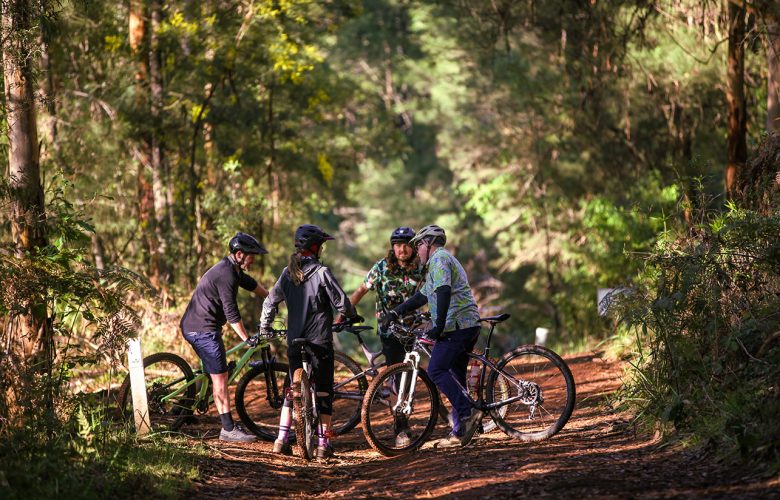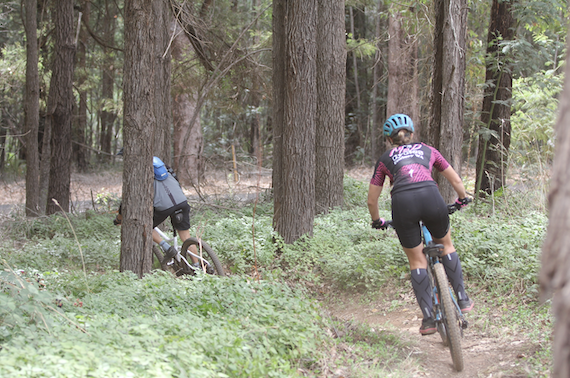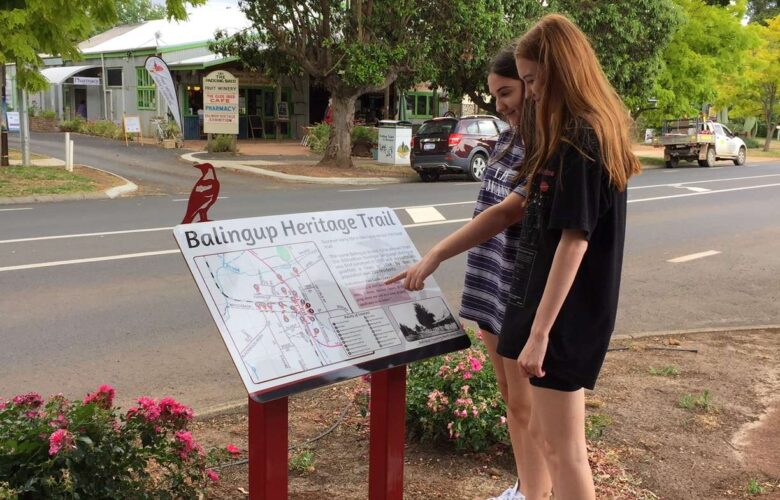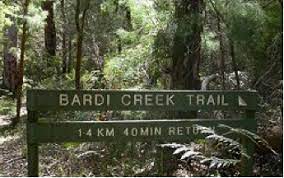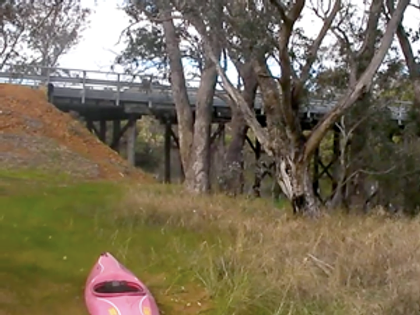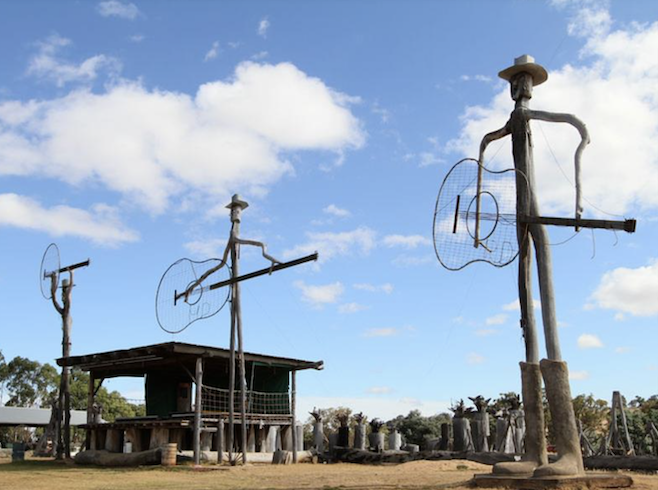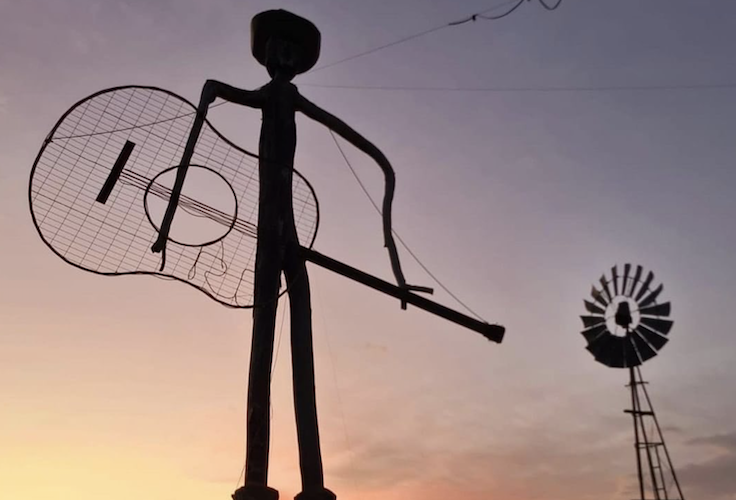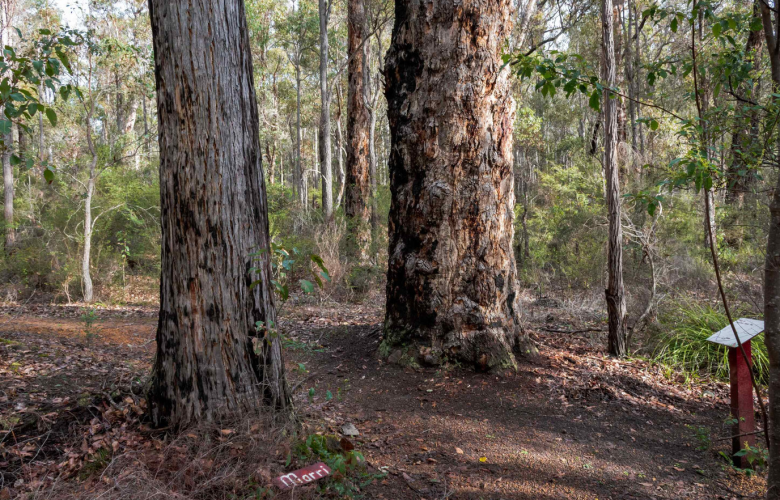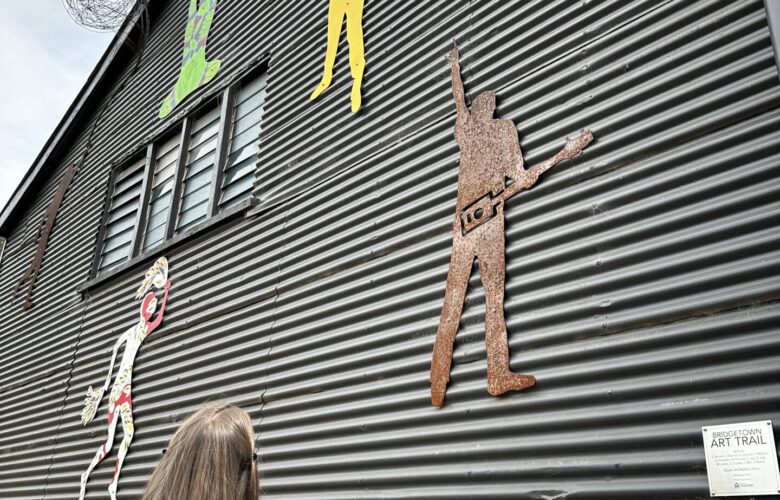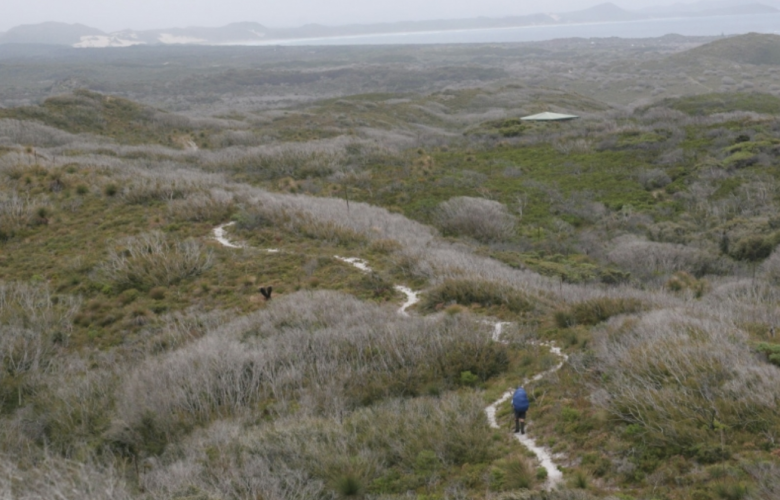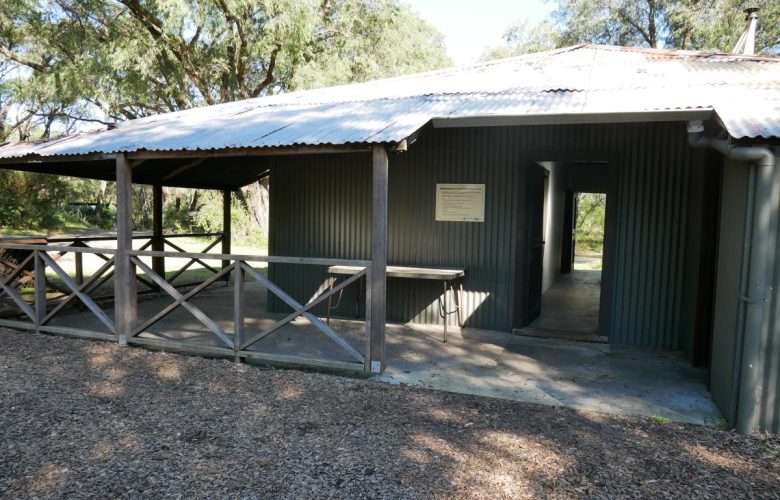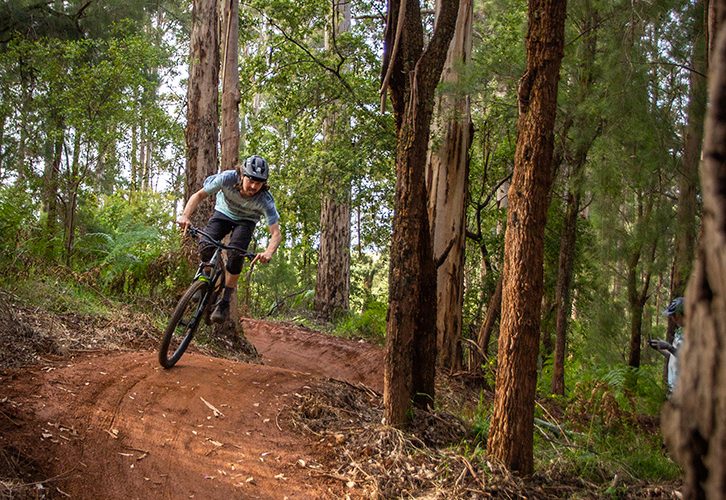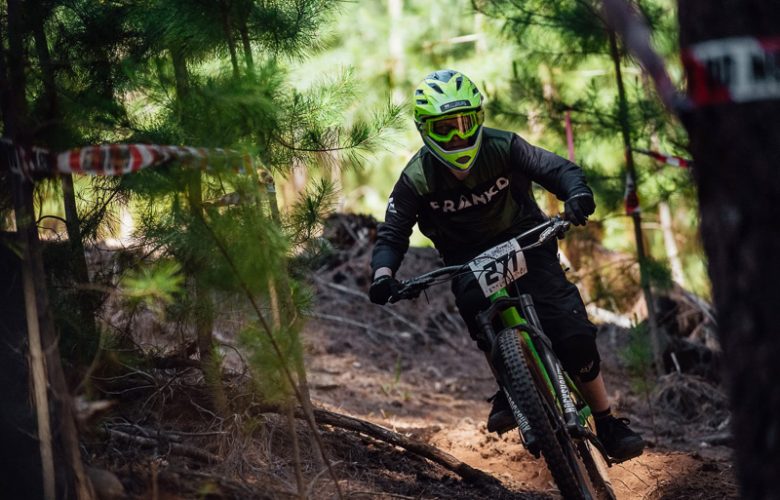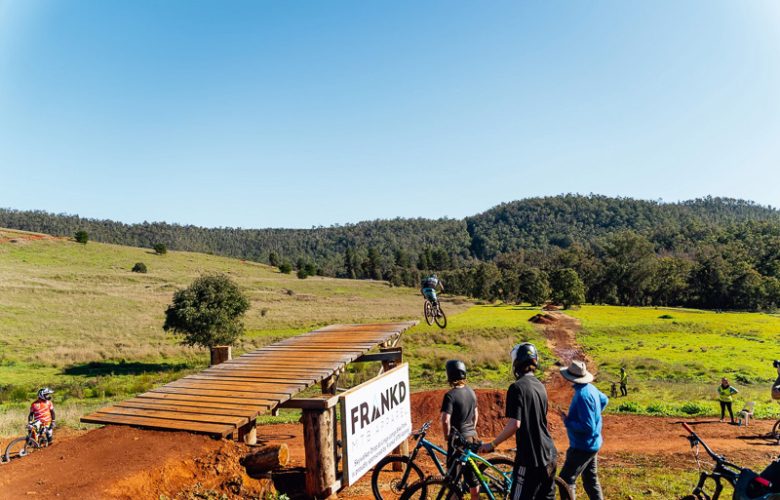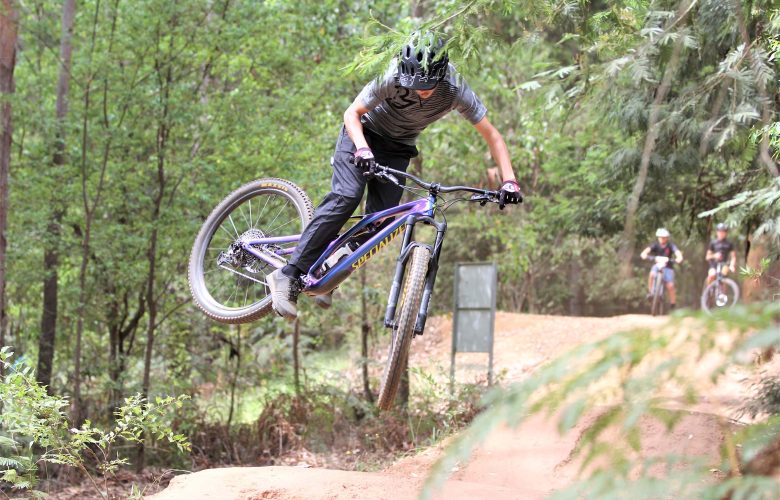Prepare for an unforgettable trails adventure in the Southern Forests & Valleys region!
Explore stunning landscapes, charming towns, and rich history through our array of 2WD and 4WD trails. Take on culinary journeys, delve into national parks, or experience the thrill of off-road exploration. Whichever trail you choose, be prepared to be amazed by the natural beauty of our region.
For an exciting and active exploration, hit our cycle trails. Discover towering forests, crystal-clear rivers, and charming towns as you pedal through our outstanding network of trails. Don’t miss the renowned Munda Biddi Trail, Pemberton and Nannup MTB parks, Linga Longa’s extreme gravity experiences, and numerous public trails. Immerse yourself in the beautiful and challenging terrain of the region.
Ready to conquer the water? Grab a kayak, canoe, or SUP and venture into our range of paddle trails. Experience tranquil rivers, picturesque dams, serene inlets, and thrilling rapids. Explore towering forests, charming towns, and stunning natural landscapes. No gear? No problem. Rental options are available throughout the region.
Lace up your shoes and hit our walk trails for an immersive exploration on foot. Suitable for all ages and abilities, our trails lead you through native bushland, tall forests, sandy beaches, rocky escarpments, and tranquil waterfalls. Choose from gentle strolls to challenging hikes, with plenty of shorter walks and loops available.
Saddle up for a unique and unforgettable horseback riding experience. Our trails cater to seasoned riders and beginners alike, with picturesque countryside and fresh air awaiting you. Don’t miss the historic Warren Blackwood Stock Route, a trail that follows in the footsteps of early stockmen through the heart of our region. With equestrian campsites and 360km of trail, let the region’s beauty unfold before you.
Whether driving, cycling, paddling, hiking, or horseback riding, the Southern Forests & Valleys region offers an abundance of trails for your adventure style. Plan your journey today and immerse yourself in the natural wonders, charming towns, and captivating history of our region.
Your Southern Forests & Valleys adventure awaits!






